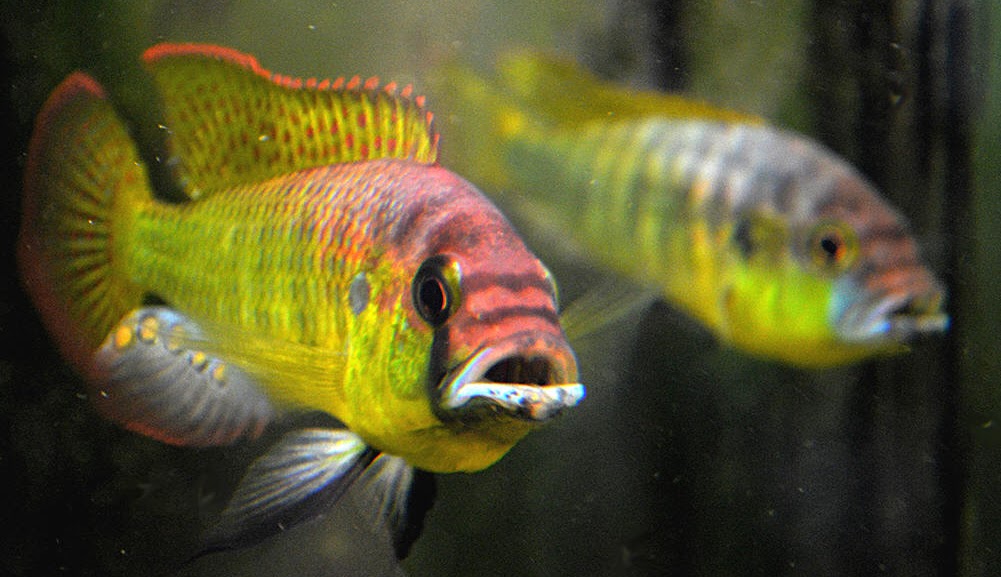Research | Overview

Broadly speaking, our lab is interested in how the brain integrates information from
external social signals and from an animal's own internal physiological state to produce
appropriate behaviors. Our work seeks to understand how an animal processes salient
social information, which is often delivered in multiple sensory channels, and then
translates it into context-specific behaviors used for survival and reproduction.
Our research program uses fishes, and specifically the African cichlid fish Astatotilapia burtoni (see Model System page), as models to study how the brain processes information, how sensory systems
contribute to behavior, and how natural plasticity in an animal's internal hormonal
or nutritional state can influence neural function and behavioral outcomes. Fishes
are the largest and most diverse group of vertebrates, which provides us with ideal
organisms to study basic neuron and sensory function, and how it relates to proximate
and ultimate behavioral mechanisms in comparative and evolutionary contexts.


We use a combination of experimental approaches that address questions at different
levels of biological organization from whole organism behavior to cellular and molecular
mechanisms. Techniques used in the lab include behavioral assays, in vivo neurophysiology recordings, immunohistochemistry, hormone assays, in situ hybridization, neuroanatomy and tract-tracing, and gene expression analyses.

Our ultimate goal is to gain insight towards understanding basic mechanisms of how the brain functions and adapts to an animal's constantly changing external environment and internal physiological state. Along the way, we aim to do good science and have fun!